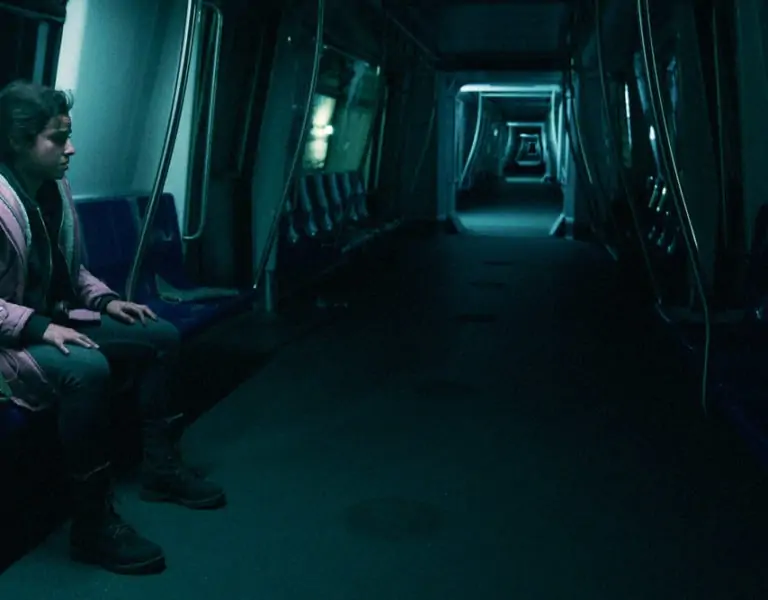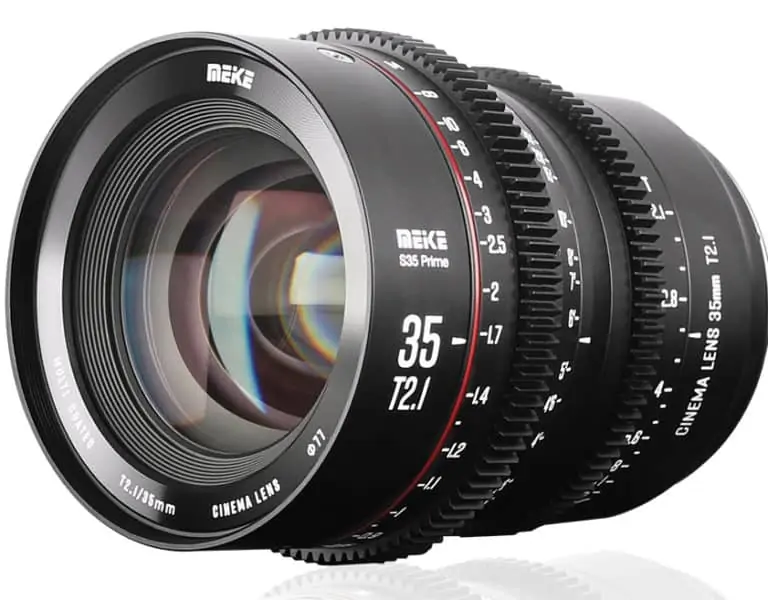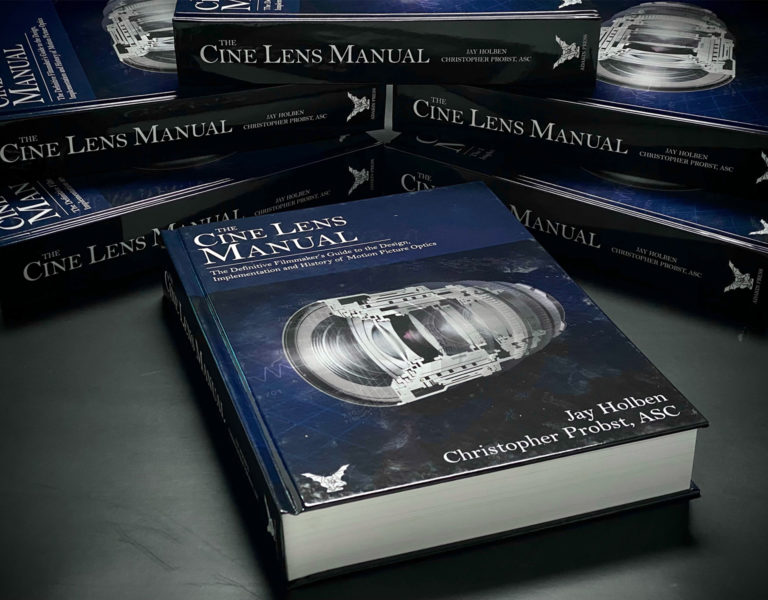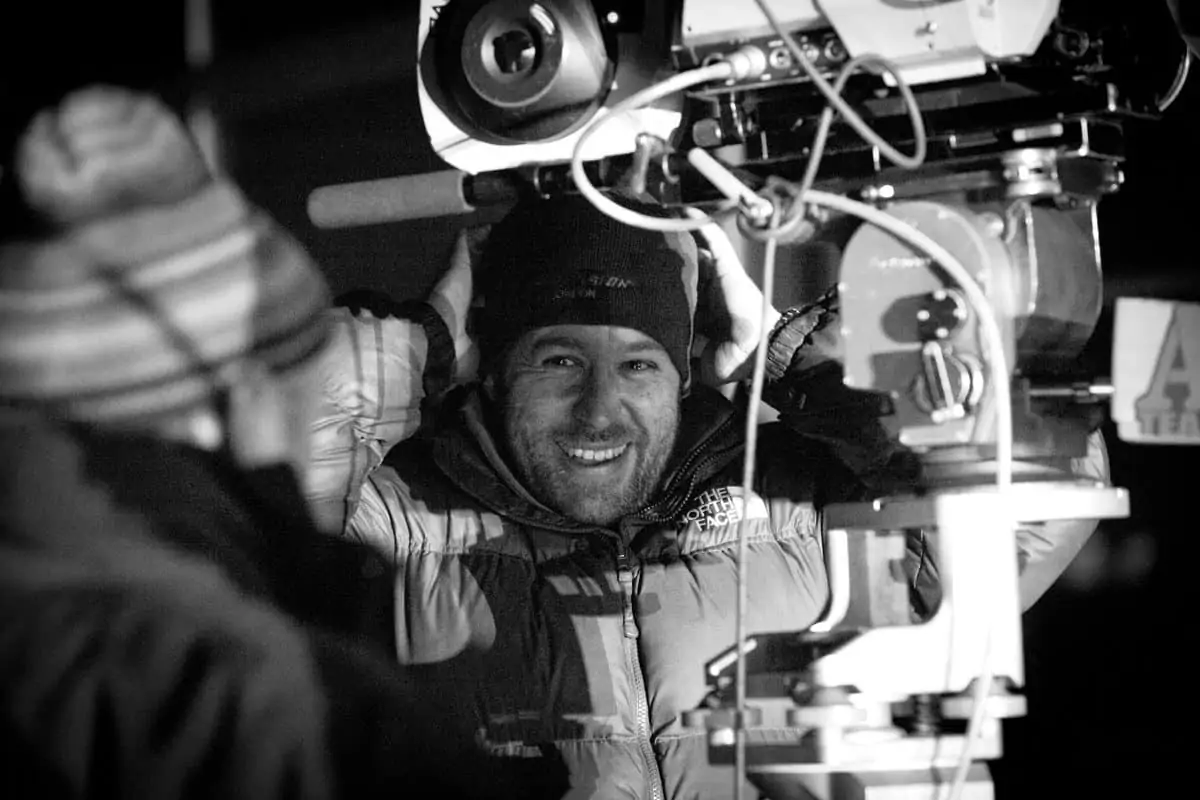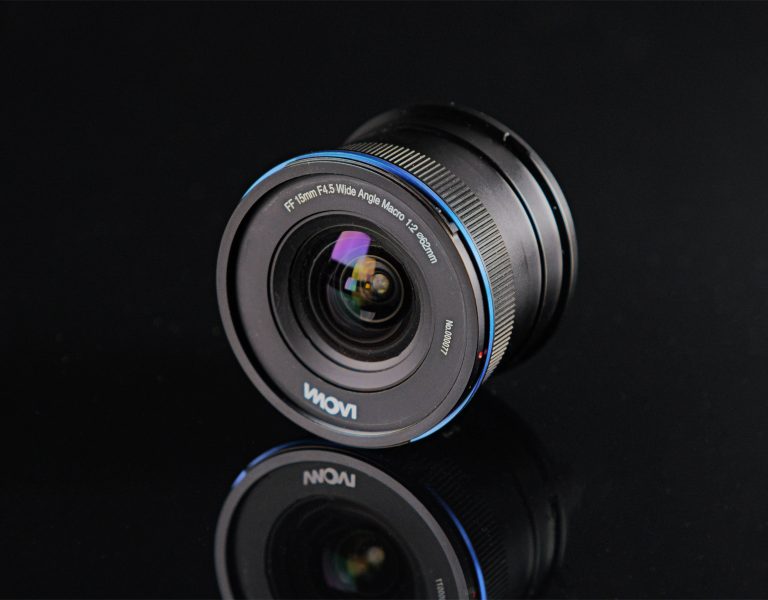
In an era of Internet half-truths and armchair experts The Cine Lens Manual by Jay Holben and Christopher Probst ASC is a welcome and much needed beacon of light. A literal tome of incredibly well researched information, even its physical size and heft underscores the seriousness with which the authors have undertaken this immense subject. To quote Roy Neary, “This means something. This is important”.
The book carefully guides you from some basic lens concepts, through to the optical and mechanical designs behind modern and vintage cinema lenses and touches on the design and history of just about every series of cinema lenses ever built.
It’s certainly not a light read, but the authors take great care to present some of the more complex topics in an accessible way without ever falling into the realms of academia.
It’s been thoughtfully designed so it can be read in a linear fashion, starting at page one, or it can be used as a reference, skipping around the topics, following the thread of whatever series of lenses or lens design you’re interested in.
I’ve been alternating between a linear read and picking a different lens series to research each time I pick up the book and have found the Wikipedia-like rabbit hole I fall through fascinating every time.
On my first read I jumped straight to the section on Panavision’s C series Anamorphics, my favourite lenses, and quite happily followed their thread forwards and backwards through history from the B series to the E series, back to the Auto Panatars and forward again to the T-series. Cylindrical Elements, Base Spherical Optics, the list of films and TV shows that have used them, it’s all there. The clever design of the book lets you thread your way through the lenses in a way that makes sense to you.
It is an essential reference for every cinematographer, camera operator, and focus puller in the industry, and should at the very least be available as a reference in every camera rental company and film school in the world.
Pick a lens, dive in and you’ll be amazed what you learn along the way.
–
Words: Stephen Murphy BSC ISC
